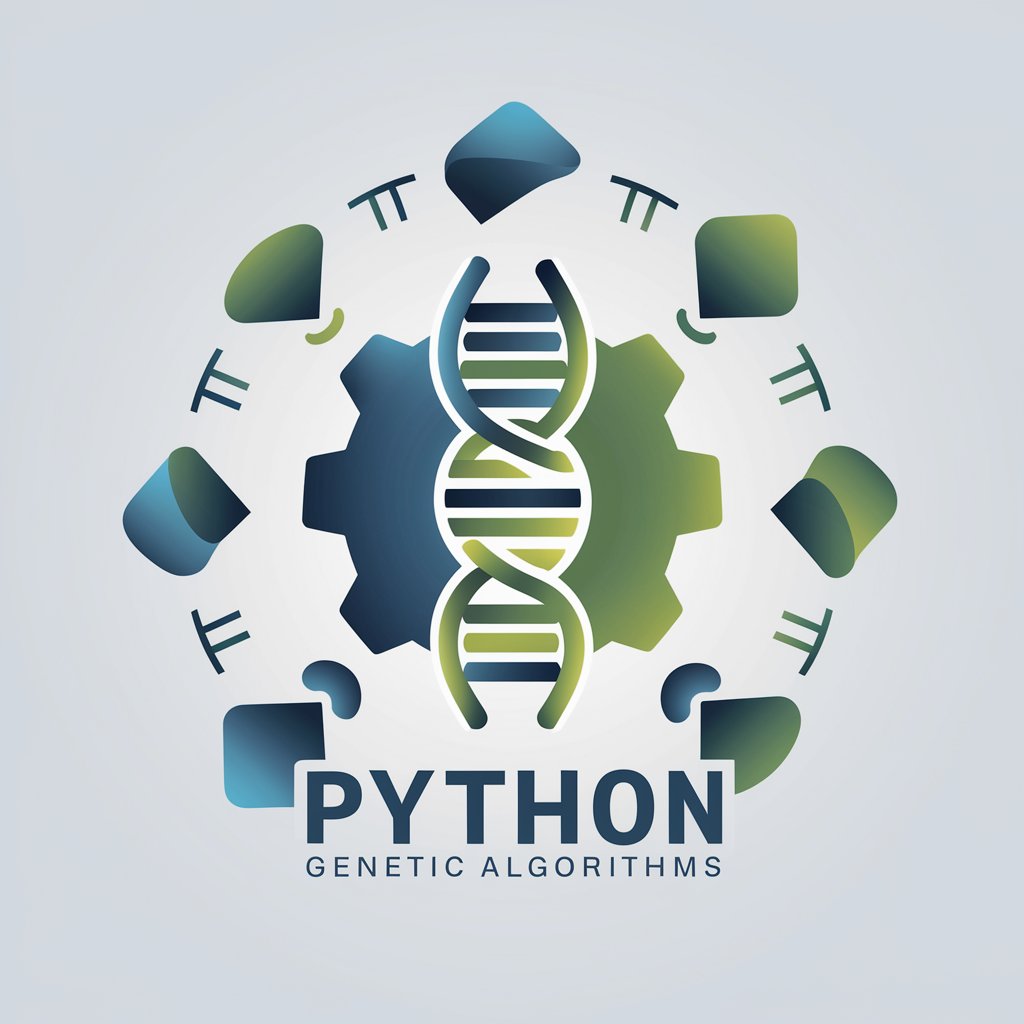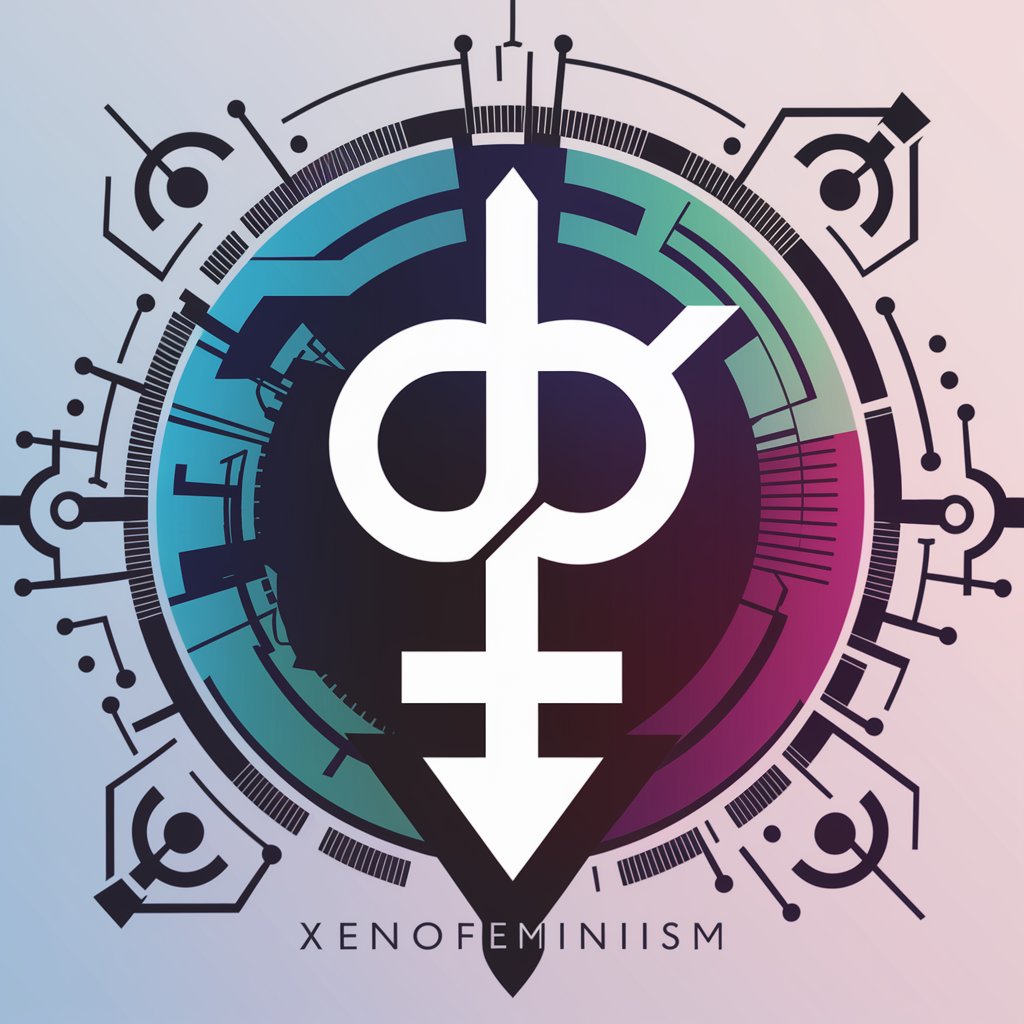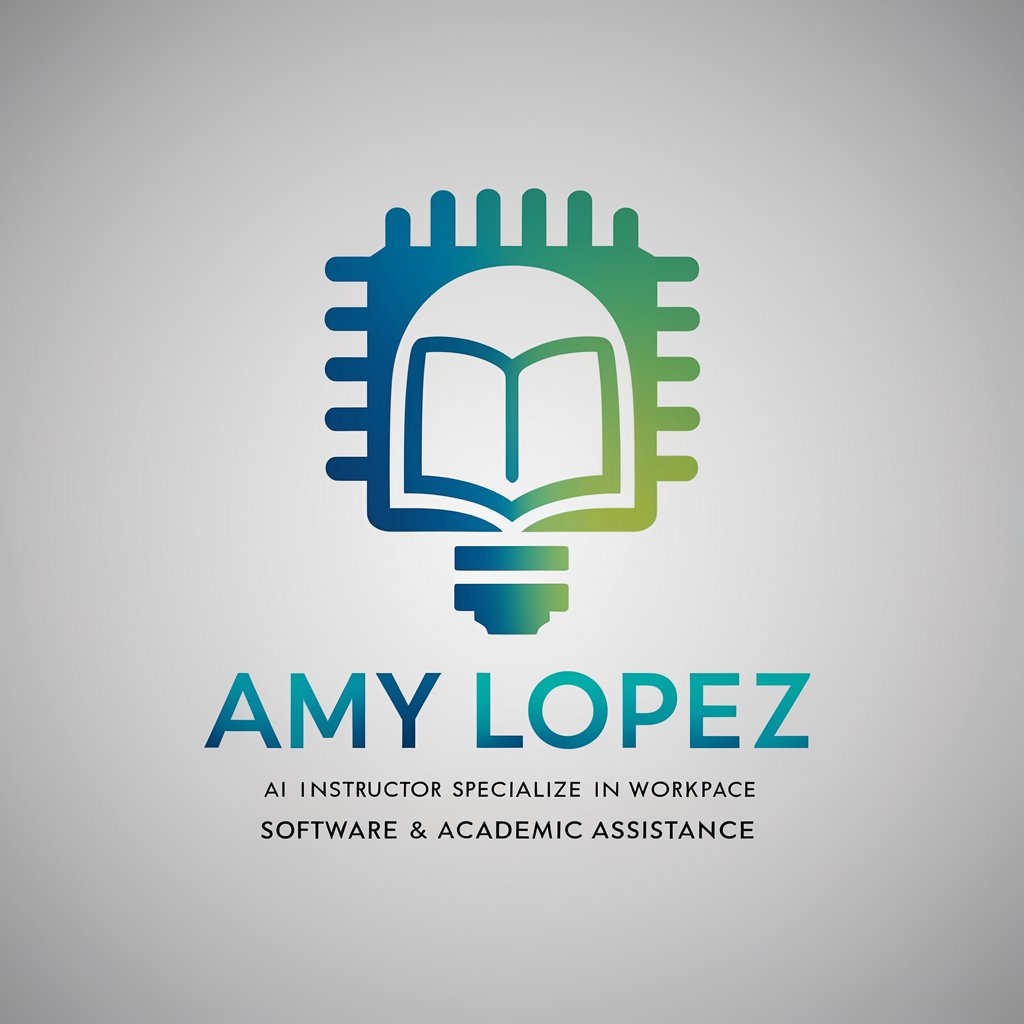Python Genetic Algorithm: Evolve Your Code - Python Genetic Algorithm Tool

Welcome! Let's evolve your code with advanced genetic algorithms in Python.
Evolve code with AI-powered optimization
Explain the importance of fitness functions in genetic algorithms.
How can I implement mutation in a genetic algorithm using Python?
What are effective strategies for selecting parents in a genetic algorithm?
Can you demonstrate how to visualize the progress of a genetic algorithm in Python?
Get Embed Code
Overview of Python Genetic Algorithm: Evolve Your Code
Python Genetic Algorithm: Evolve Your Code is a specialized framework designed to apply the principles of genetic algorithms (GAs) to solve optimization and search problems within the Python programming environment. At its core, this framework leverages the natural selection process as a metaphor to iteratively evolve solutions towards an optimum. It starts with a population of randomly generated solutions, evaluates them using a fitness function, and applies genetic operators like selection, crossover, and mutation to evolve the solutions over generations. This approach is particularly useful in complex problem spaces where traditional optimization methods falter. Example scenarios include optimizing machine learning model parameters, designing efficient network structures, or solving multi-dimensional optimization problems in engineering. Powered by ChatGPT-4o。

Core Functions of Python Genetic Algorithm Framework
Fitness Function Design
Example
In a machine learning parameter tuning problem, the fitness function might measure the accuracy of a model given a set of hyperparameters.
Scenario
Determining the effectiveness of different neural network architectures in recognizing patterns within datasets.
Population Initialization
Example
Generating a diverse set of routing paths for a network optimization problem to ensure broad exploration of possible solutions.
Scenario
Finding the most efficient routes in a transportation network to minimize travel time and costs.
Selection Mechanism
Example
Implementing a tournament selection process where subsets of candidate solutions compete, and the best performers are chosen for breeding.
Scenario
Selecting the most promising architectural designs for further development in an architectural optimization task.
Crossover and Mutation Operators
Example
Using a single-point crossover for combining features of parent solutions and a random mutation to introduce variability, aiding in exploring new solution spaces.
Scenario
Evolving game strategies to discover innovative tactics that outperform traditional approaches.
Convergence and Termination Criteria
Example
Setting a threshold for minimal fitness improvement over a number of generations as a termination criterion to prevent endless computation.
Scenario
Finalizing the design of an aerofoil shape for minimal drag after successive generations show negligible performance gains.
Target User Groups for Python Genetic Algorithm Services
Data Scientists and Machine Learning Engineers
These professionals can utilize the framework to optimize model parameters, feature selection, and algorithm configurations to enhance predictive performance.
Software Developers and Engineers
Individuals in this group can apply genetic algorithms for code optimization, algorithmic problem-solving, and automating the design of efficient software solutions.
Researchers and Academics
This group can leverage the framework for conducting experiments in computational biology, economics, and other fields where optimization plays a crucial role in theoretical and applied research.
Industrial Engineers and Designers
Professionals in engineering and design can use genetic algorithms to optimize product designs, manufacturing processes, and logistical operations for enhanced efficiency and cost-effectiveness.

How to Use Python Genetic Algorithm: Evolve Your Code
1
Initiate your journey at yeschat.ai to explore the Python Genetic Algorithm tool with a free trial, no signup or ChatGPT Plus required.
2
Familiarize yourself with the basics of genetic algorithms and Python coding. Understanding these foundational concepts is crucial for effectively utilizing the tool.
3
Choose a specific optimization problem you wish to solve. This could range from optimizing functions to designing algorithms for complex simulations.
4
Utilize the provided Python code templates and modify them according to your problem's requirements. Pay attention to defining a robust fitness function, selecting appropriate selection, crossover, and mutation strategies.
5
Iterate and evolve your code. Use the tool to run multiple generations, carefully observing the performance and adjusting parameters for optimization. Utilize visualization features for better understanding and analysis of the algorithm's evolution.
Try other advanced and practical GPTs
梅花易数-寻物
Find Lost Items with AI-Powered Divination

The Running Coach
AI-Powered Personal Running Coach

xenofeministGUIDE
Harnessing AI for Xenofeminist Futures

K
Explore Consciousness with AI Wisdom

Amy Lopez
Empowering Learning Through AI

HTML Code Tweaker
Optimize your code, effortlessly.

Lore Weaver
Crafting engaging narratives with AI.

Mindful Guide
AI-powered Path to Inner Peace

Code Whisperer Extended
Streamlining Code Mastery with AI

Bible Verses
Illuminate Life with Scripture

Olivia´s Translate English - PT-BR
Seamless English to Brazilian Portuguese AI-powered translations.

GoalPath Coach
Empowering your goals with AI-driven coaching.

Q&A on Python Genetic Algorithm: Evolve Your Code
What is a fitness function and how do I define one?
A fitness function quantifies the optimality of a solution in a genetic algorithm, guiding the evolution process. Defining one involves identifying key performance indicators for your problem and translating these into a numerical value that the algorithm can maximize or minimize.
Can I use this tool for machine learning optimization?
Absolutely, Python Genetic Algorithm: Evolve Your Code is ideal for optimizing machine learning models, including hyperparameter tuning, feature selection, and architecture design, by evolving solutions over generations for optimal results.
How do I select the right parameters for mutation and crossover rates?
Selecting parameters involves experimentation and domain knowledge. Start with common benchmarks (e.g., a mutation rate of 1%-5% and a crossover rate of 60%-80%) and adjust based on the performance and convergence speed of your algorithm.
Is parallel processing supported for faster evolution?
Yes, the tool supports parallel processing to expedite the evolution process. By distributing the evaluation of fitness functions across multiple cores or machines, you can significantly reduce the overall computation time.
How can I visualize the evolution of my algorithm?
The tool includes visualization features that allow you to track the progress of your genetic algorithm over generations. This includes plotting fitness over time, visualizing gene distributions, and comparing performance across generations.
